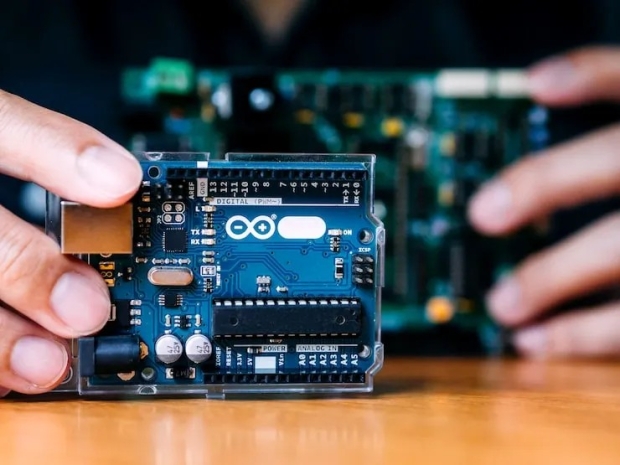The deal, which needs regulatory approval, will see Arduino “retain its brand and mission,” according to Qualcomm, including its open source ethos and its habit of working with multiple chip suppliers. The price tag remains a mystery.
The first project from this unholy union will be the Arduino Uno Q, powered by a Qualcomm Dragonwing QRB2210 chip that bundles a quad-core Arm Cortex-A53 CPU, an Adreno 702 GPU, Wi-Fi, Bluetooth, and a built-in real-time microcontroller for precise timing work.
Qualcomm reckons this will “bridge high-performance computing with real-time control,” which sounds like marketing fluff but at least makes sense on paper.
In its statement, Qualcomm promised Arduino’s 33 million users will get access to the company’s tech stack and “global reach,” with better tools to move from prototypes to full products. It paints this as a gift to entrepreneurs, educators and hobbyists, though it conveniently positions Qualcomm as the gatekeeper once those experiments grow up into commercial ventures.
CNBC pointed out that this gives Qualcomm a direct line into the lower rungs of the robotics industry, the makers, the students and the small firms tinkering with AI-driven devices.
Arduino boards might not power finished products, but they shape the ideas that eventually do. Qualcomm clearly wants to be the chip supplier those ideas grow into.

